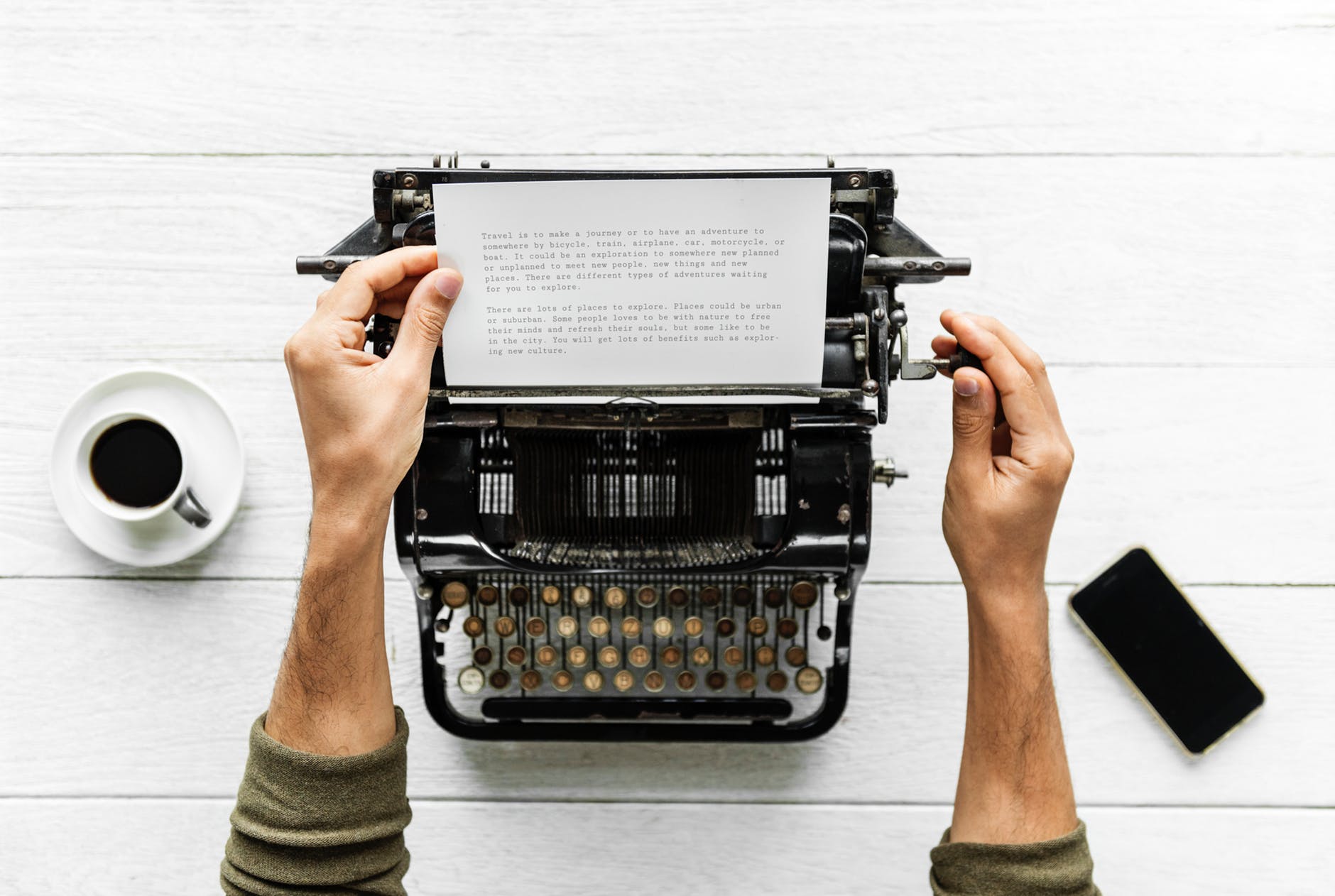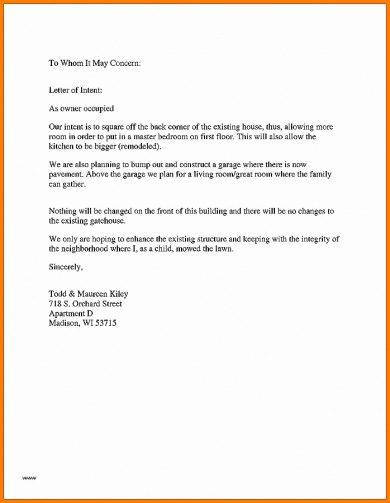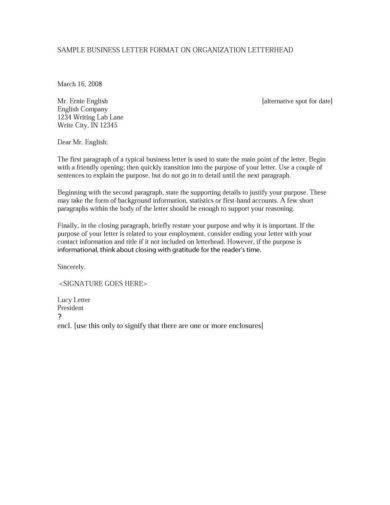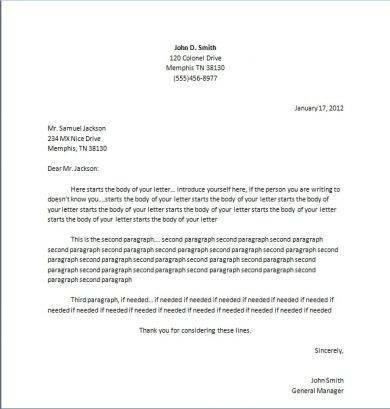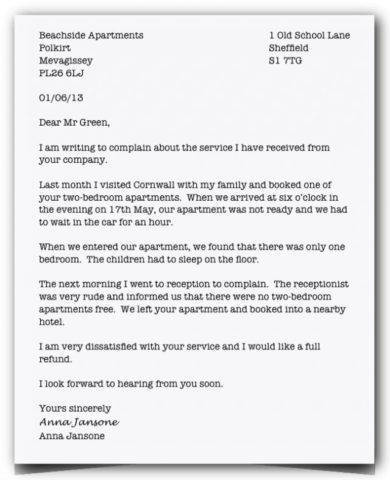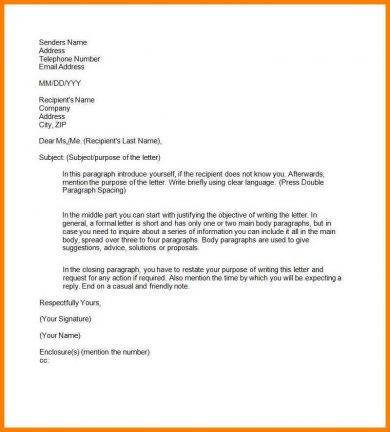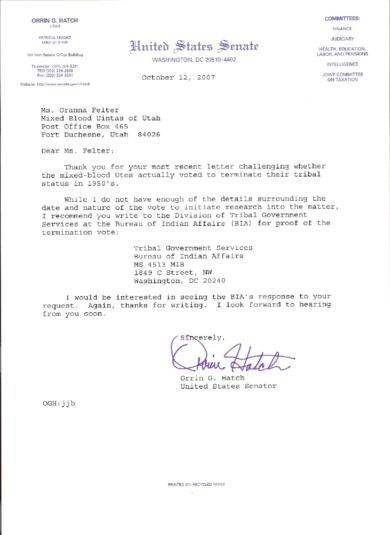9+ Official Letter Writing Examples to Download
Letter writing has been a popular means of communication for many years. It’s something that our grandparents did to connect with one another, and it’s something that we continue to do to reach out to friends and colleagues. It’s an essential skill that every person must learn.
Even with the prevalence of text messages and professional emails, many people continue to write letters for a particular purpose, be it for a personal or a professional function. Everyone should be familiar with the basics of letter writing, so in this article, we’ll tackle every aspect of letter writing for you to learn from.
Fresh Official Letter Writing Example
Official Formal Letter Writing Example
Official Letter Writing Example
Everything You Need to Know about Writing Letters
Our parents, grandparents, and even our great-grandparents wrote letters all the time: to connect with friends and family, to express condolences, to extend gratitude, to conduct a business transaction, to make an invite, and even to complain about a product or service. You may also see email cover letter examples.
Though spontaneous communication has been made possible by various transmission devices, everyone has to write a letter at some point.
While connecting with people and businesses is a lot easier through Facebook, Twitter, emails, and instant messaging, there are times when writing a letter is much more appropriate compared to our contemporary means of communication.
1. The Types of Letters to Write
There are three general types of letters: (1) a formal letter, (2) an informal letter, (3) and a semi-formal letter. The letter format you choose would usually depend on who your audience is. For a friend or relative, a casual, handwritten message with no specified format is the most ideal way to go.
For business-related contacts, on the other hand, a typed, formal letter is typically an appropriate choice. There are also circumstances where a semi-formal letter would come in handy, especially if the recipient of the letter isn’t someone you know quite well, or if it contains information that isn’t confidential.You may also see business reference letter examples.
Though most letters are now composed and sent via formal email, there are instances where an employer or manager may request for a hard copy of the letter to use as valid evidence. This often serves as proof to support a case, especially if the letter has been signed by the writer of the letter and/or the people involved.
2. Before You Start Writing
Before you begin composing your professional letter, make sure you’re aware of its purpose. Many people make the mistake of writing a letter without even knowing what their main objective is. This will make it a lot harder for you to convey the right message, which will then lead to a misunderstanding in the receiving end. By knowing what your end goal is, you can easily focus on the subject of the letter to ensure smooth and clear communication.
3. How to Start
Letter writing has always been an essential part of the required curriculum in schools. Many grade school teachers encourage their students to write to their friends and family members as a way of practicing proper letter writing. But as you grow older, you’re then forced to address these letters to a specific individual or organization. This could be to a faculty member, to an imaginary employer, or to any higher entity that requires you to learn about the basics of formal letter writing.
So rather than beginning the letter with a quick greeting, you must construct a letterhead containing the necessary information. This includes the sender’s name, address, and contact details, followed by the date in which the letter was written. Other businesses even opt for a professional letterhead to maintain consistency with their documents, as well as a way of reinforcing their brand. Some letters may also list the general information of the recipient at the upper left-hand side of paper.
After which, you can then proceed to the salutation. Casual letters are easier to write because a simple “Hi” or “Hello” or any other customary greeting is widely acceptable. But when writing a formal letter, you must begin with a greeting that portrays politeness and respect. You may also see application letter examples.
You can begin with “Dear” followed by the name of the recipient. If you don’t have a direct contact to address, then you can always search online for a name, a job title, or a department. If “Dear Manager” or “Dear Team Leader” sounds a bit awkward for you, then you could opt for a generic salutation such as “To Whom it May Concern” as a last resort. You may also like notice letter examples.
Example:
Dear Mr. Gates, (Unless you have a close relationship with the receiver, using the person’s surname may be the most appropriate way to greet them.)
Dear Ms. Abercrombie, (A company name must only be used if a contact person is not available.)
Official Letter Writing for Business Example
Official Letter Writing for Inquiry Example
Official Letter Writing Format Example
Official Letter Writing for Request Example
4. The Content of the Letter
Since the body of your letter will vary depending on your purpose, audience, and message, it’s best that we just focus on some standard guidelines to follow.
First off, do focus on your reason for writing. You should have a clear objective in mind to guide you with your words. Whether you’re constructing a business letter or a personal letter, the worst thing you could ever do is ramble on with your thoughts. While there’s nothing wrong with inserting a few ideas here and there, you still need to make sure that your letter focuses on a primary subject.
Secondly, avoid abbreviations and acronyms when writing a formal letter. Industry-specific terms may not be understood by your receiver, which is why you might want to stick to simple language instead. In case the use of technical terminology is necessary, make sure to provide a brief explanation for such to ensure better comprehension. You may also see thank-you letter examples.
5. How to End
No matter what type of letter you’re writing, a complimentary close should always be present. This is a courteous way to send your regards to a receiver, even if you don’t know each other very well.
One of the most common closings include “Sincerely” and “Respectfully” and it’s typically a safe bet. But if you happen to share a close relationship with your recipients, then you can sign off with a simple “Warm Regards” or “Cordially” with a comma at the end. There are a dozen other options for you to choose, so you might want to do some research on which would fit your situation best. You may also like complaint letter examples.
Finally, a typewritten and a handwritten letter must always have a signature right over your full name. This certifies that a letter has been written by the person it claims to be, or that it has been acknowledged by the writer before it was sent. You can also add a P.S. (postscript) by the very of your letter if you wish to add something at the last minute. You may also check out acknowledgement letter examples.
But keep in mind that this can only be done in an informal letter, otherwise, you may need to revise the entire document to include the new information.
6. Sending a Letter
Mailing the letter is the final step in the process before the waiting game begins.
Most personal letters can be delivered by yourself (except if it’s a personal reference letter), so you don’t need to worry about going to the post office to get it done. But if you’re sending the letter to someone from a different city or country, remember to write the recipient’s information on the front of your envelope. Details on the destination and return address must be indicated as well. Make sure to seal the envelope properly to ensure that your letter gets to its receiver safely.
Official Letter Writing Sample
Official Letter Writing Template
Official Letter Writing with Letterhead Example
Tips for Writing a Letter
Everyone can write a letter, but what matters most is getting your message across effectively. To write a comprehensible letter, here are some helpful tips to guide you:
1. Understand your reason for writing.
Take the time to stop and think about your purpose for writing. What do you hope to achieve with the letter? Is it a thank-you letter? Or a resignation letter? Note down what you want your recipient to do upon receiving the letter. This can help you determine the specific message to be conveyed.
2. Know your audience.
The tone of your letter would usually vary depending on who your recipient is.
For instance, with an official letter addressed to a company executive, a professional tone must be maintained throughout the letter. You need to contemplate about who they are and what type of communication they expect to receive from you. Think carefully about the appropriate language to use, as this could possibly be too casual or overly formal for one to grasp. You may also see employee reference letter samples.
3. Keep it to the point.
Letters are always meant to be kept short and to the point. Stop beating around the bush and go directly to the main idea. Before you begin writing, you should have an objective to accomplish by the very end of the letter writing process.
4. Use simple language.
Don’t make things complicated for anyone involved. Complex terms are highly discouraged unless they’re completely necessary, which means sticking to a simple language would be the way to go.
5. Proofread.
Review and edit your letter until you’re fully satisfied with the outcome. Grammar and spelling errors can often cause misinterpretation, which is why you need to make sure that your letter has been checked and cleared before being delivered. And if you have the luxury of time, then try setting it aside for a while to let it cool. You may also like temporary job resignation letter examples.
After a few hours or so, read the letter and see if it addresses a topic clearly enough. You can then add the final touches to your letter.
Sending a letter that you’ve carefully prepared is always a relief. Surely, a well-written letter is likely to accomplish its purpose in the best way possible. So the next time you find yourself in need of a formal letter, remember to keep these writing tips and guidelines in mind for a successful message delivery.


